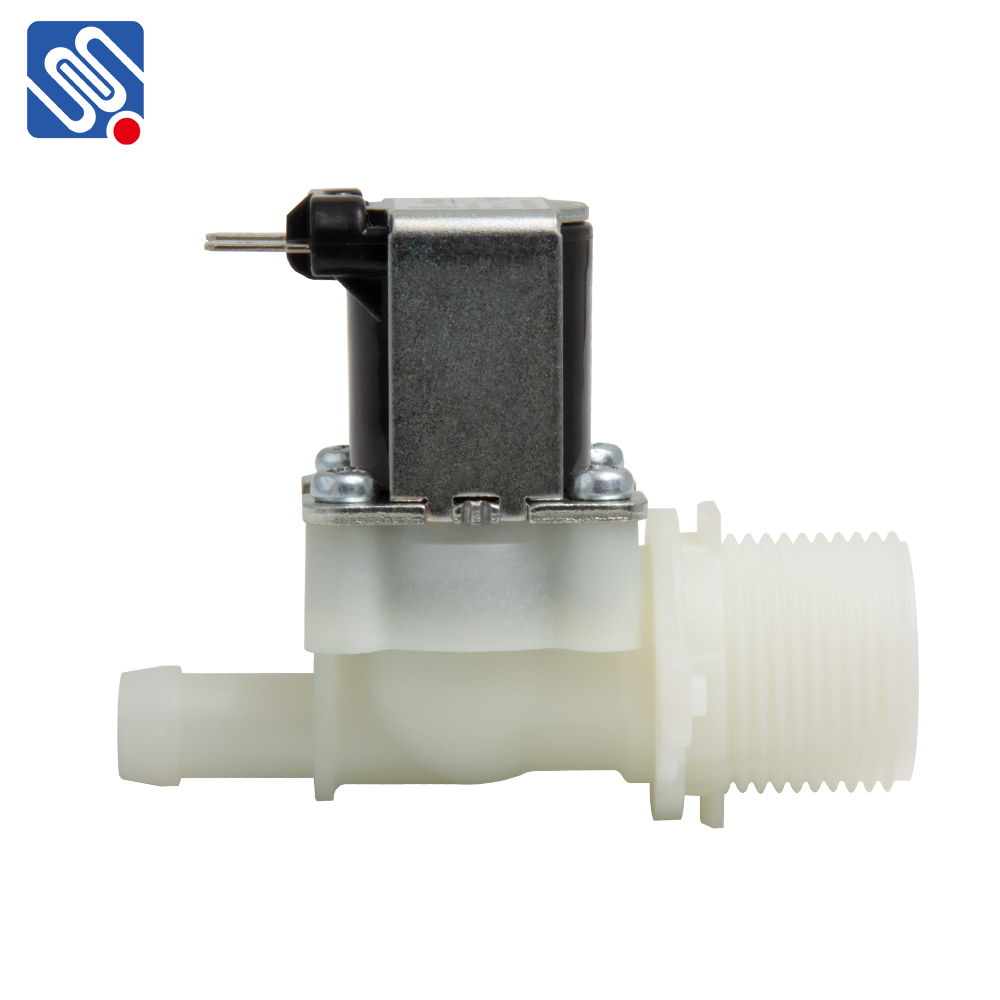A water solenoid valve is an essential component in modern automated systems that regulate the flow of water. The valve works by using an electromagnetic coil to control the opening and closing of a valve, thus allowing precise management of water flow in various applications. This article aims to provide an in-depth understanding of how water solenoid valves function, their benefits, and the wide range of industries where they are used.

What is a Water Solenoid Valve? A water solenoid valve is an electromechanical device that controls the flow of water in a piping system. It consists of a solenoid coil, a valve body, and a valve seat. The solenoid coil generates a magnetic field when electrical current is applied. This magnetic field attracts a plunger or armature inside the valve body, which in turn opens or closes the valve seat, allowing water to flow or stopping it, depending on the operation. Water solenoid valves can operate in either a normally open (NO) or normally closed (NC) configuration. In a normally closed valve, the valve remains shut when no electrical current is applied. When the coil is energized, it opens the valve, allowing water to pass through. Conversely, in a normally open valve, the valve is open when no power is supplied and closes when the coil is activated.